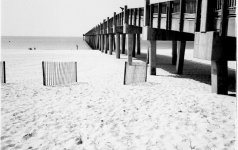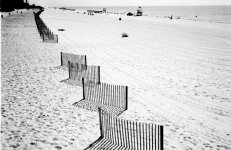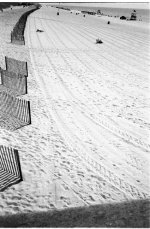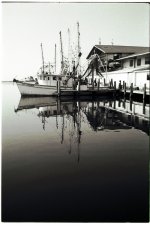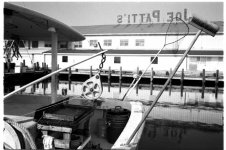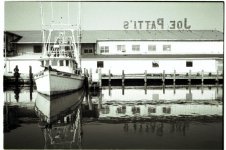kaiyen
local man of mystery
gabrielma said:is that the frame numbers, as well as the film brand/code should have been developed and therefore be legible clearly --you know, nice black and solid font.
Gabriel,
Well, the idea of that being a diagnostic tool in _this_ case still doesn't make sense. Being clear and distinct just means the film hit developer at all. The exposure of those labels is so high that almost any developer should get you nice, clear lettering. The only information from those markings that mean anything is if they are _not_ clear, in which case you didn't get enough development.
But I don't see how anyone can look at those scans and think there isn't enough development. The debate was overexposure vs. overdevelopment. Not whether it was developed at all.
And I did notice that backed me up early on. For a while, I thought my suggestion go lost there...
allan


